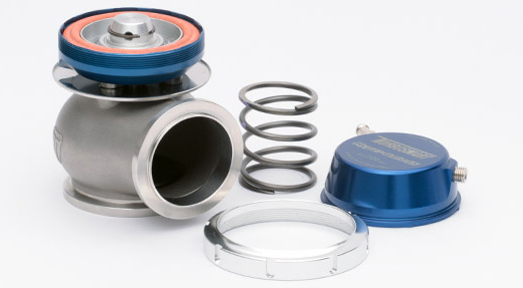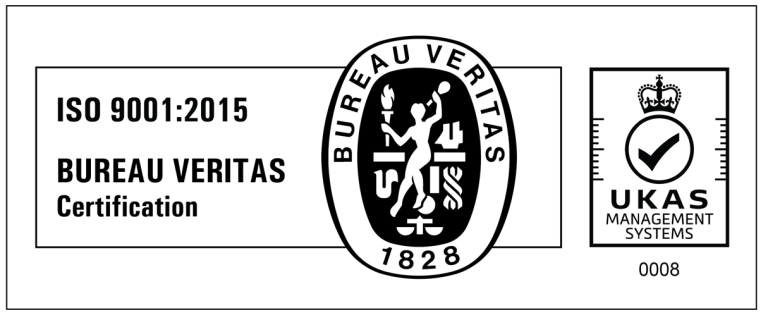Last month, we launched Turbo tech 101 – a series of posts designed to provide some basic information about different turbocharging components.
In part one, we kicked things off by looking at the intercooler, and this month, we’ll be looking at turbo wastegates – finding out what they are, what they do and how they work.
We’ll also be examining the different kinds of wastegate available, and looking at when you might need to upgrade or change yours.
What is a wastegate?
A wastegate is a valve that controls the flow of exhaust gas to the turbine of a turbocharger.

What does a wastegate do?
The wastegate’s job is to divert excess exhaust gases away from the turbine – controlling the speed of the turbine and preventing it from spinning too fast.
By controlling and limiting the speed of the turbine, the wastegate regulates the boost pressure provided by the turbocharger. By preventing the boost pressure from rising indefinitely, the wastegate protects the turbocharger and the engine from damage.
How does a wastegate work?
In most cases, a wastegate is a relatively simple valve, controlled by a pressure actuator linked to the boost pressure of the turbo.
The wastegate is held shut by a spring inside the actuator, but when the boost pressure exceeds the pre-set maximum, it compresses this spring, progressively opening the wastegate. This allows the exhaust gases through, so that they bypass the turbine, regulating its speed.

Different kinds of wastegate
There are two main types of wastegate, which both work in slightly different ways:
Internal wastegates
Most turbochargers are fitted with internal wastegates, with a valve that is built into the turbine housing itself.
This valve is controlled by an actuator, which consists of a spring and a sealed chamber, and this chamber is linked to boost pressure (usually via a pressure source found on the compressor cover of the turbocharger).
External wastegates
Usually reserved for higher power engines fitted to performance and race vehicles, external wastegates are separate, self-contained mechanisms that are usually fitted to the exhaust manifold or header.
External wastegates feature larger inlets and outlets, higher pressure springs and larger actuator diaphragms, so that they can effectively handle higher boost pressures.
Things to consider
Performance and tuning
Whilst perfectly sufficient for the vast majority of motorists, internal wastegates are only designed to handle the performance of a turbocharger at stock boost levels.
If you are a performance enthusiast looking to modify your engine and maximise performance, it’s important that you have a wastegate that’s correctly sized for your turbocharger to prevent damage.
If you’re fitting an aftermarket turbo, you may need to invest in an external wastegate to effectively control the additional boost and power (and many larger aftermarket turbochargers aren’t fitted with internal wastegates anyway).
Further reading
If all this talk of turbocharger components has you baffled, then take a look at our beginners FAQ, covering some of the more basic aspects of turbocharging, followed by turbo technology, which looks at some of the key components and what they do!
How AET can help
At AET, our friendly teams are experts on everything turbo related, and if you’ve got a query, we’re always happy to help. For assistance on any aspect of turbocharging, call us today on 01924 588 266, or email info@aet-turbos.co.uk.
In addition, our sister company AET Motorsport offers a range of top quality internal and external wastegates from Turbosmart, and can provide expert advice on the right components, in addition to fitting and configuration support to help you achieve your goals.
Visit the AET Motorsport website for further information.


